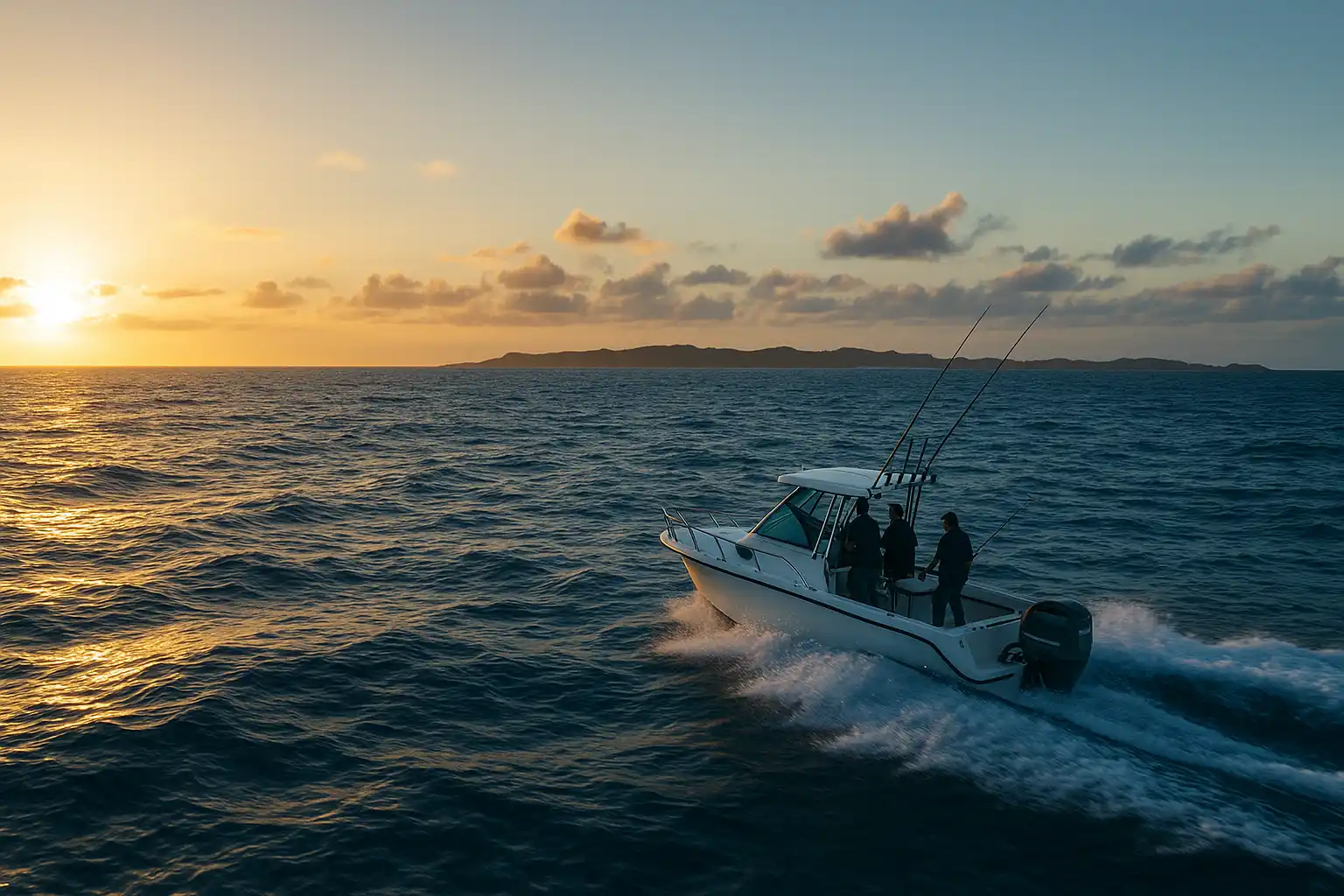
Tasmania’s rugged coastline offers some of Australia’s most exhilarating rock fishing opportunities. From the towering sea cliffs of the Tasman Peninsula to the basalt ledges of the north coast, anglers can target a variety of species amidst stunning natural backdrops. However, the dynamic nature of these environments demands respect and preparation to ensure both success and safety.
Tasmania’s diverse coastal geology creates a multitude of rock fishing scenarios. Whether you’re casting into deep oceanic waters from remote western outcrops or targeting estuarine species from accessible northern platforms, the island’s varied landscapes cater to all levels of rock anglers. The convergence of the Southern Ocean and Bass Strait currents brings nutrient-rich waters, supporting abundant fish populations close to shore.
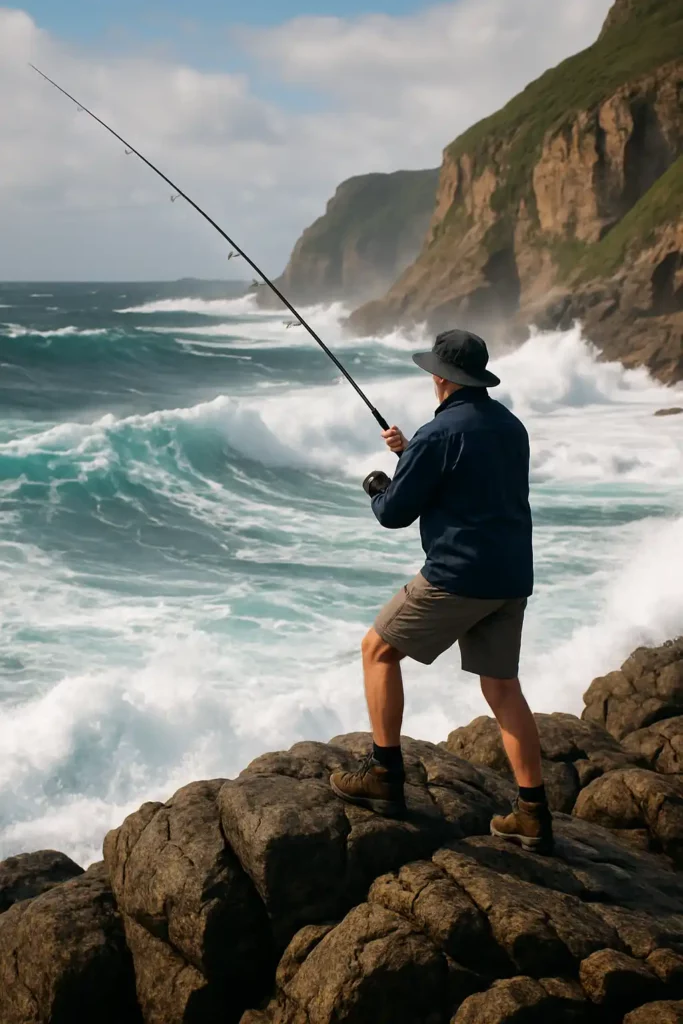
Tasmania’s rocky coastline is divided into distinct regions, each offering a unique mix of terrain, accessibility, and target species. From easily reached platforms near towns to remote ledges facing the Southern Ocean, the island provides options for all experience levels. Understanding the characteristics of each region can help anglers choose the right location based on conditions, season, and species preferences.
Rock fishing in Tasmania requires careful preparation due to the unpredictable nature of the coastal environment.
Here’s what you’ll need to rock fish confidently and safely:
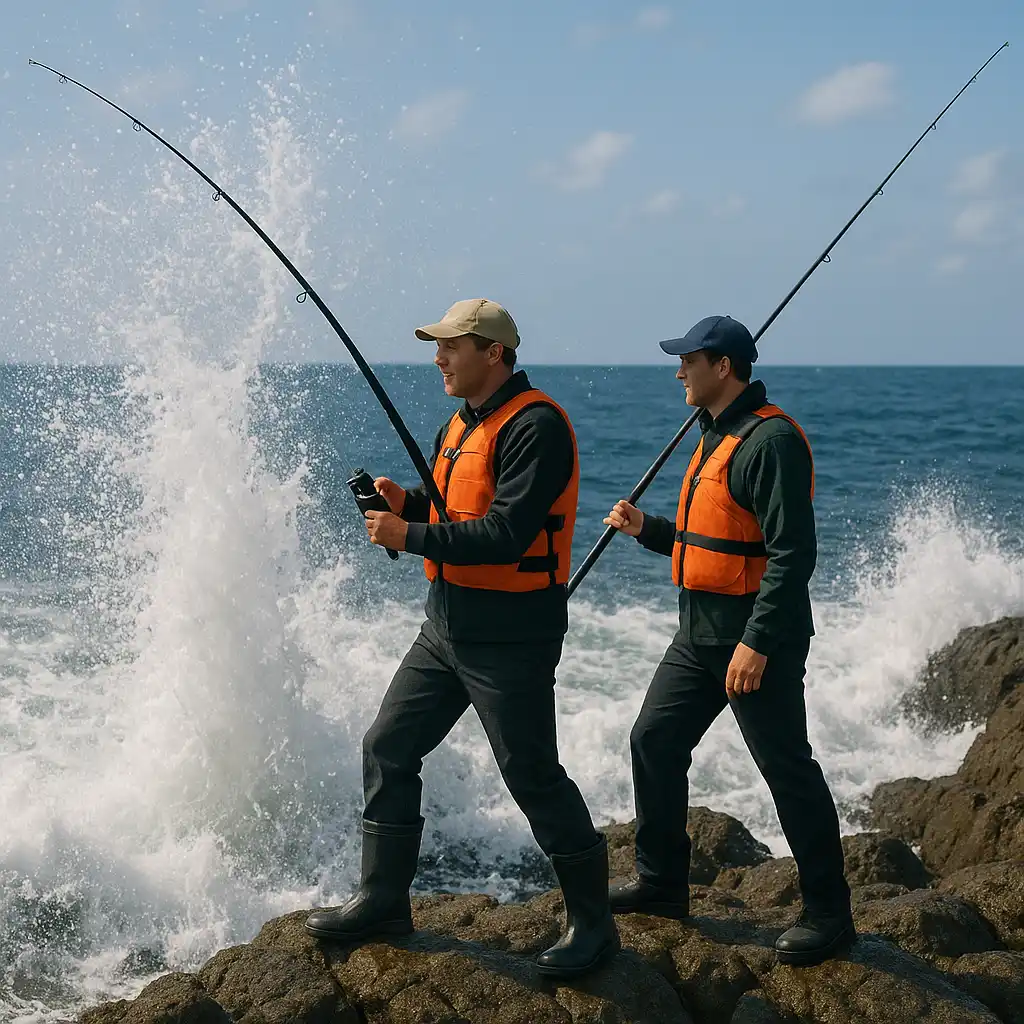
Always wear a lifejacket and non-slip footwear. According to the Royal Life Saving Society, wearing a lifejacket can increase your chances of survival by 50% .
Rock fishing in Tasmania is all about reading the conditions and knowing when and where to cast. Unlike beach or estuary fishing, your window for success can change rapidly based on swell, wind, and tide. Patience and preparation are key — as is choosing the right platform for your skill and comfort level.
Spend time observing a rock platform before casting. Look at how waves break, identify where the whitewash moves, and pinpoint the safest areas to stand and land fish.
Whitewater around rocks oxygenates the water and stirs up baitfish, making it a hotspot for predatory fish. Cast just beyond the foam line or bounce lures through it.
Stay Safe, Not Stubborn
If the swell picks up or the platform becomes slippery, call it. No fish is worth the risk. Have a backup plan — like a nearby sheltered ledge or estuary.
A longer rod gives better control over rocks. Strong leaders, reef-safe rigs, and spare tackle are essential. Carry a landing net or gaff if you’re targeting larger species.
Many of Tasmania’s best rock fishing spots face the open Southern Ocean. Conditions can look calm and turn dangerous quickly — always check the BOM marine forecast and swell charts before heading out.

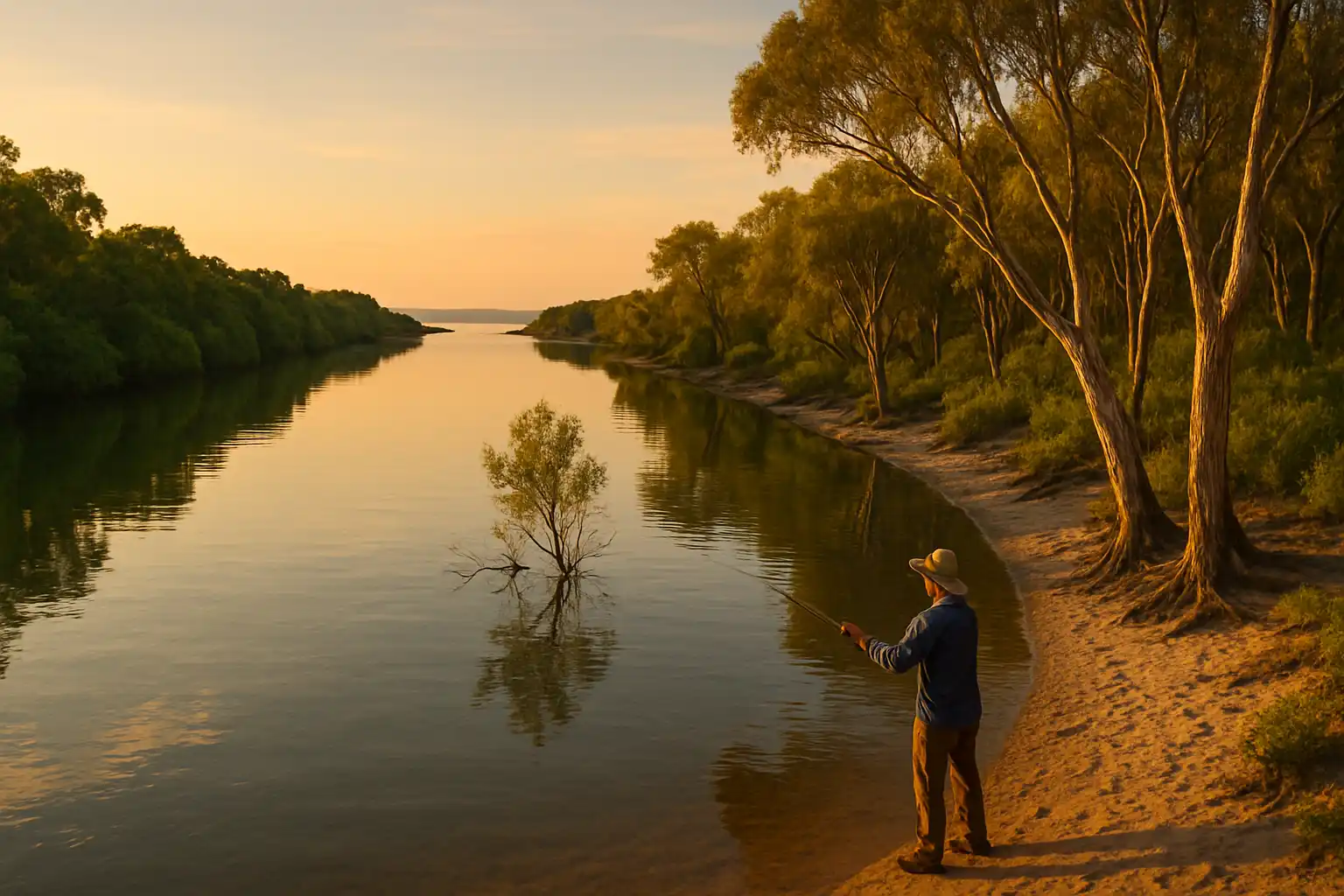
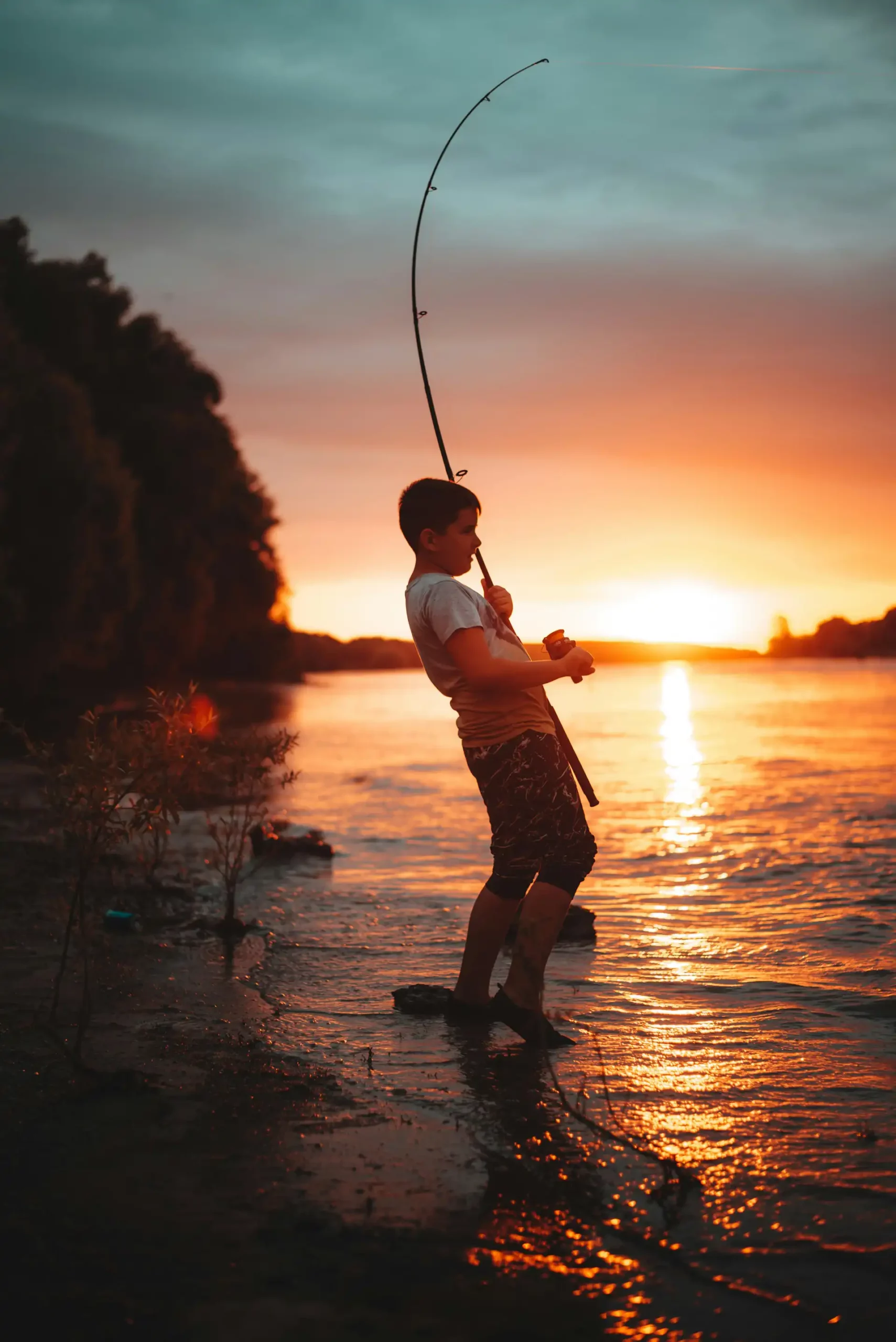
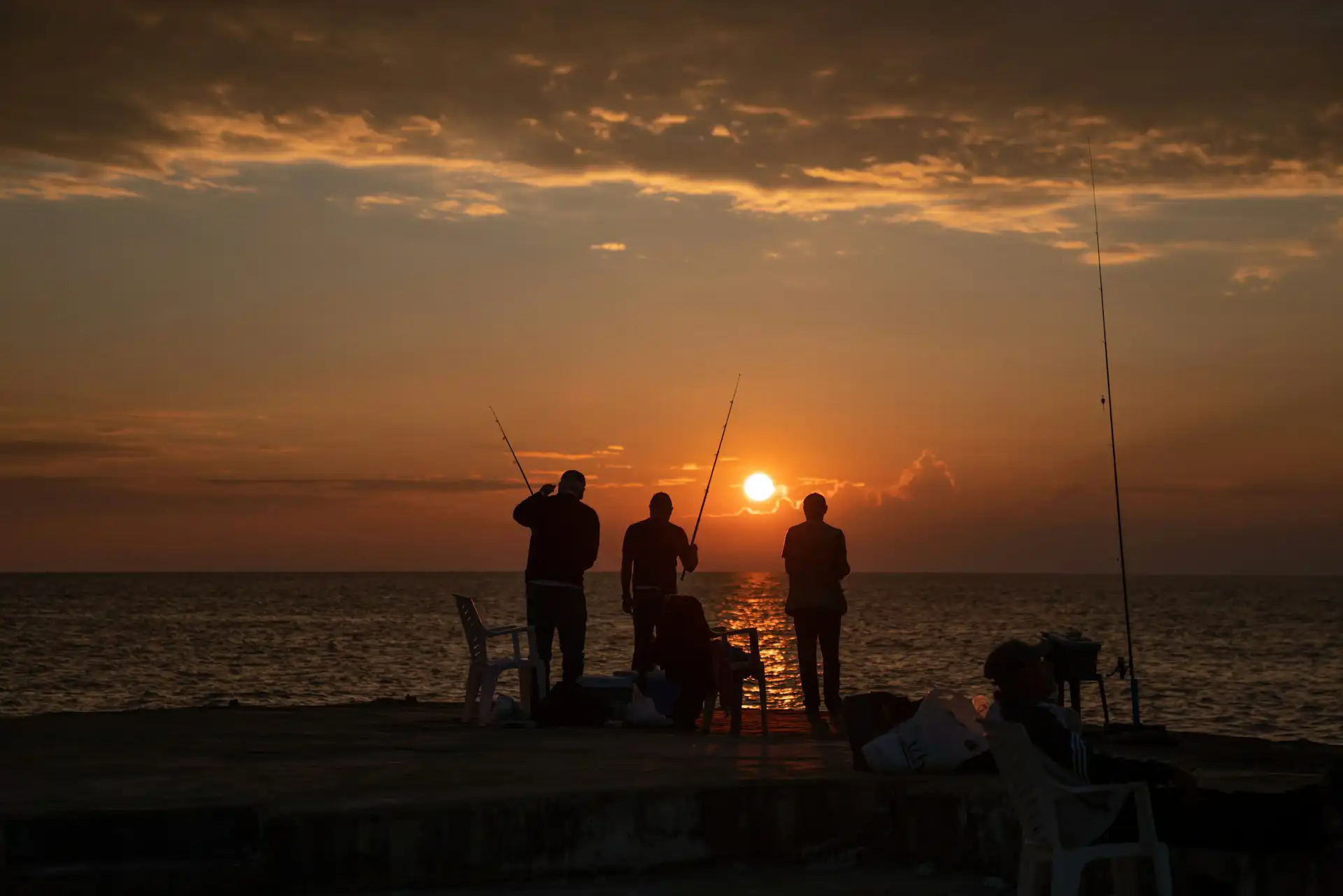

Affiliate Disclosure: We are a participant in the Amazon Services LLC Associates Program, an affiliate advertising program designed to provide a means for sites to earn advertising fees by linking to Amazon.com. As an Amazon Associate, We earn from qualifying purchases. Your support helps us keep this site running—thank you!